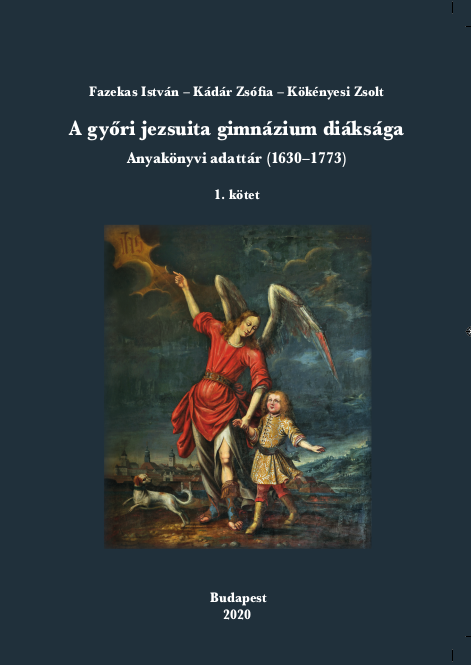
Jesuits played a key role in Catholic ecclesiastical secondary (and academic) education in Early Modern Hungary and Transylvania; they maintained approximately thirty grammar schools – so called gymnasia – throughout the country. One of their earliest schools was the grammar school of the fortress city of Győr, which received students not only from the city, from Győr county and the region of Western Hungary, but also from the whole territory of the Hungarian Crown, even from the Hungarian territories under Ottoman Rule: nobles and citizens, aristocrats and peasants alike. Teaching began in November 1628; the three volumes of the school registries keeping the detailed lists of students are continuous from 1630 to 1773, until the dissolution of the Society of Jesus. Our database provides a complete analysis of the school’s Jesuit era. Using the achievements of digital humanities, the data for each student (grades completed, nation/language, place of origin, social status, denomination, age) are presented in the order of first registration. Searching in the data of a total of 20595 students is aided by an index. The statistical analysis of the students’ data is presented in a detailed introduction. The use of the database is also facilitated by a thorough user’s guide in Hungarian and German.
The database was built by the research group for „Early Modern Jesuit Schooling in (Western) Hungary”, lead by István Fazekas, affiliated in Historical Institute of Eötvös Loránd Universty, financed by the National Research, Development and Innovation Office (NKFIH, project number K 116116 and K 131973). The research works were also supported by the Hungarian Research Group for the History of Universities (Hungarian Academy of Sciences – Eötvös Loránd University), the Hungarian Province of the Society of Jesus, and the Benedictine Priorship of Győr. Only a very limited number of the volumes could be printed, with the support of the Hungarian National Cultural Fund (NKA).


